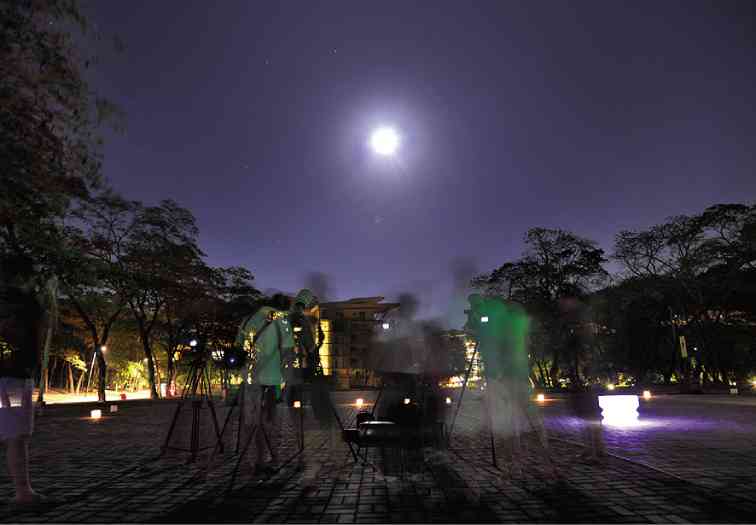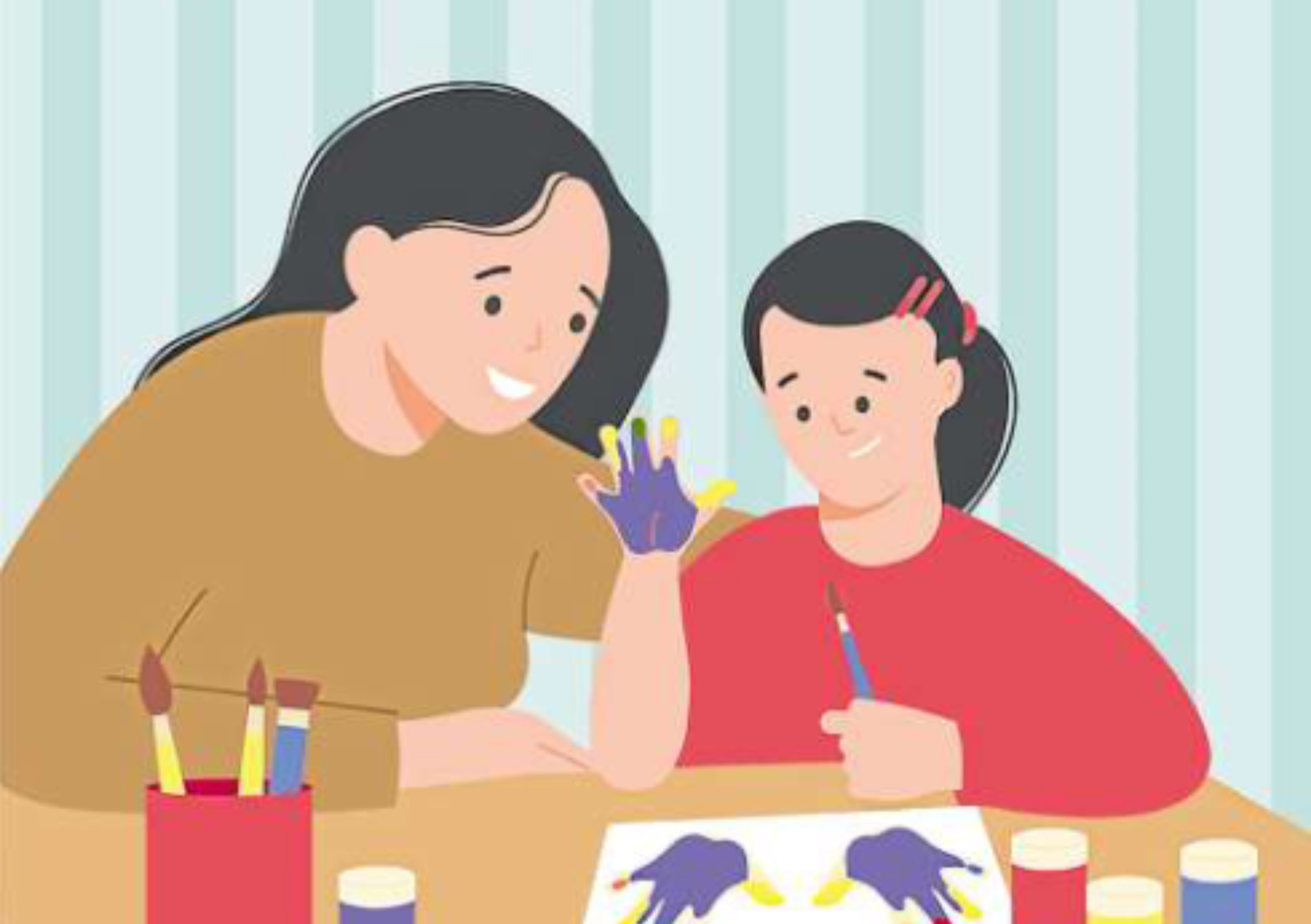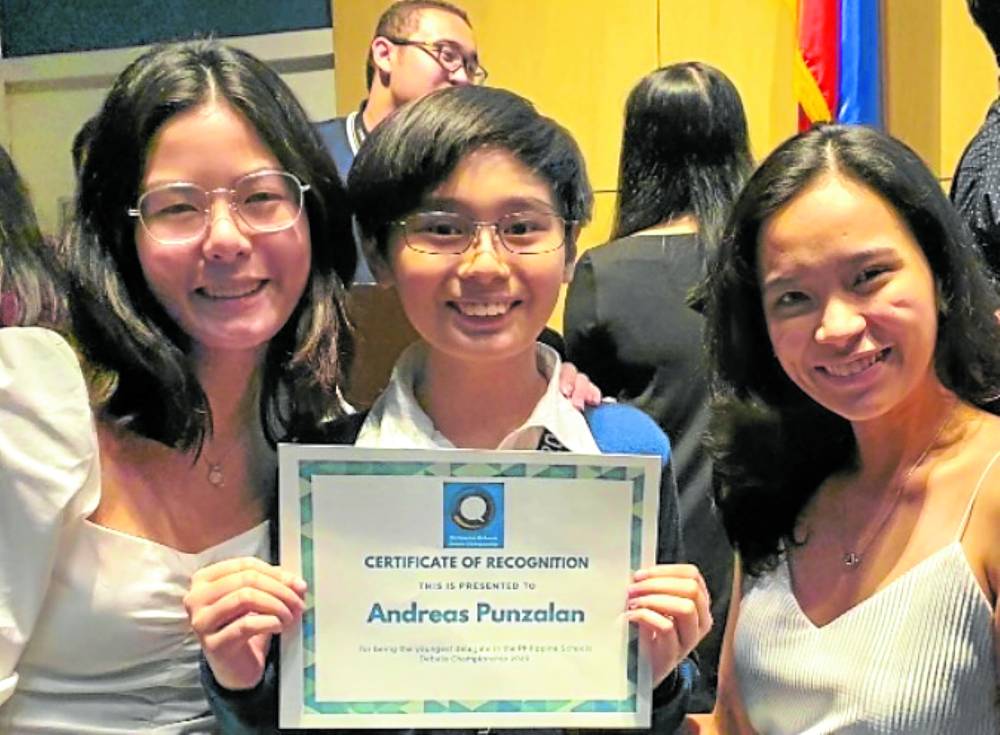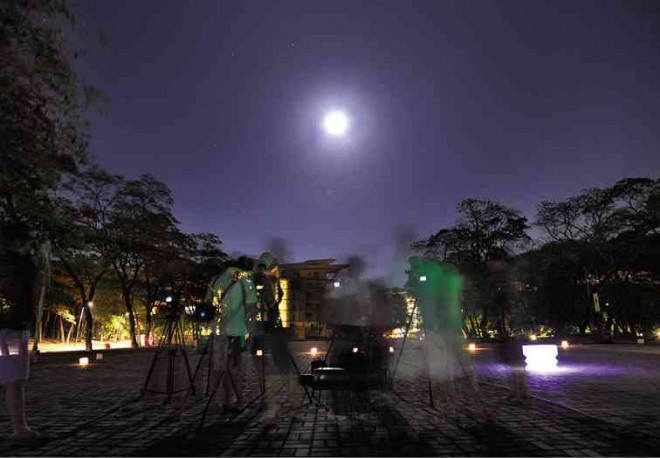
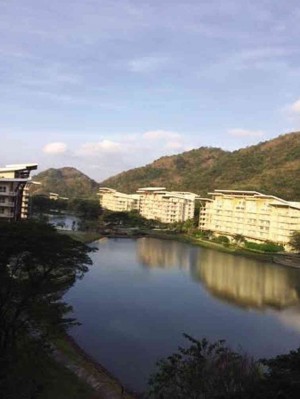
As young as 5 years old, Rogel Mari Sese knew he wanted to be an astronomer.
It was a book from his scientist parents (his mom is a molecular biologist and his father is into chemistry and science communications) that started his love affair with space. “One of the very first books I had was about astronomy and space flight.”
His parents encouraged his passion, giving him his first telescope when he was eight. “That sustained my interest. I still have it. It’s a relic, it has sentimental value.”
By age 13, he knew he wanted to be an astrophysicist, a dream he has turned now into reality.
He studied applied physics at the University of the Philippines in Los Baños, got his master’s degree in physics from UP Diliman and, on a scholarship, got his doctorate in computational astrophysics from Japan’s University of Tsukuba.
Today, Dr. Sese is one of just three astrophysicists in the country, representing the Philippines in international conferences and organizations including the International Astronomical Union, the Universe Awareness Program by the EU-UNAWE and Galileo Teacher Training Program.

He is chairperson of the Southeast Asian Young Astronomers Collaboration and president of Regulus Spacetech Inc., a space technology research and development company he started. Regulus Spacetech is also in space education.
“Everyone goes through the stage of being fascinated with stars. The problem is hindi laging nasu-sustain yung interest. We want to use space science to get kids interested in the different fields of science—science, technology, engineering and mathematics. Not everyone has to become a space scientist. If we can use space science as a leverage to get them interested in science, that’s already a big thing. We consider that mission accomplished.”
Appointed by the Department of Science and Technology’s Science Education Institute as the government’s focal person for space science education in the country, Dr. Sese has always been passionate about space education, teaching at UPLB while working on his master’s degree and after he returned from Japan.
He continues his quest to educate more people about science through Regulus. “We have partner schools, we develop curriculum for space science education and we teach kids from kindergarten to high school. We try to educate schools and the general public about space science.”
That was exactly what he was doing when Inquirer Lifestyle met him last month. He was surrounded by excited kids and parents at Pico de Loro Cove’s Stargazing and Astro Photography event.
There were telescopes set up for kids to peer through and see the moon, stars and constellations. Canon Philippines set up cameras, too, allowing participants to capture the moon with their powerful lenses.
“This kind of activity is actually a form of relaxation for us. It’s fun,” said Dr. Sese.

Located in Hamilo Coast and just 90 minutes away from Manila via the Cavitex-Ternate route, Pico de Loro is a popular weekend getaway that has plenty of fun to offer the whole family. (See sidebar story on Page C2.)
And, according to Dr. Sese, it’s a great venue for stargazing. “Because of the topography, there’s virtually no light pollution unlike in Manila. You are covered by mountains and you have the sea on one side. It’s a very good environment to look at the stars. We have a very clear sky here.”
On April 26, Pico de Loro and Dr. Sese have a bigger treat for aspiring astronomers. They will hold an Astrocamp for kids ages 5 to 15.
“In addition to the telescope viewing activities, we have two programs. Elementary kids will have a special class about the solar system while high school kids will make water bottle rockets which they will launch.”
Dr. Sese thinks activities such as this will prod kids to explore a future in space science. His own son, Jarod Regulus (yes, he is named after the star and he shares the name with his father’s company), can already identify stars and moons. He is only 2 years old.
“Parents’ support is one thing, exposure is another. Most of the time, kids get interested only when they’re in college, after being exposed to other fields like chemistry, biology and physics. Because they’re not exposed to astronomy and space science, they don’t realize that this is an opportunity, that this can become their career, that they can do what we’re doing. Starting them as early as 3 years old so they can see their options and the possibilities.”
Dr. Sese’s tip for aspiring astronomers? “Pursue your passion because it can open up a whole new horizon. Astronomy and space science are literally and figuratively out of this world. It’s a wonderful adventure.”
The space camp fees are P1,200 for Pico de Loro members and P1,500 for nonmembers. For inquiries and reservations, call 4647888, 4647845 or 25, 0917-8091585 and 0999-8851960.

